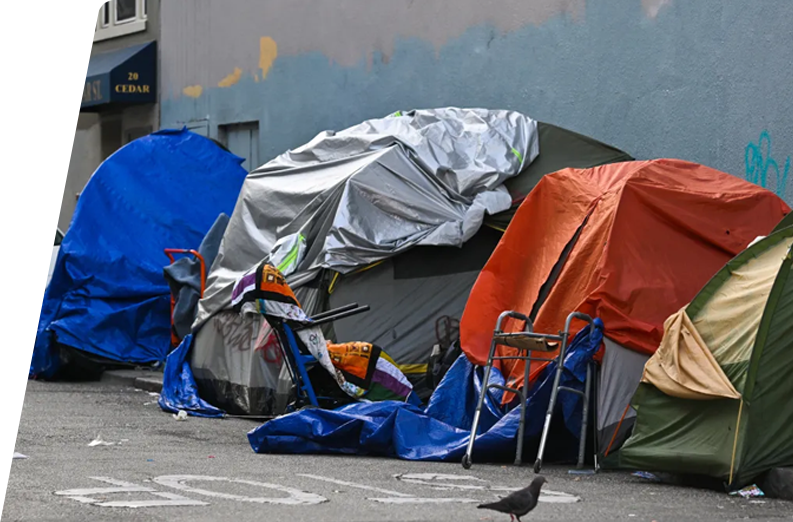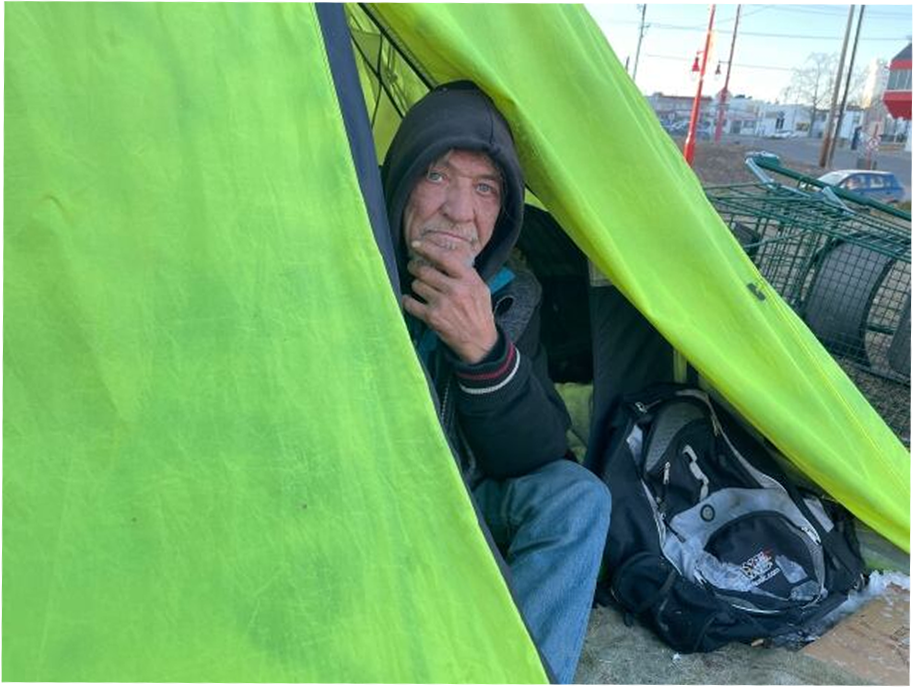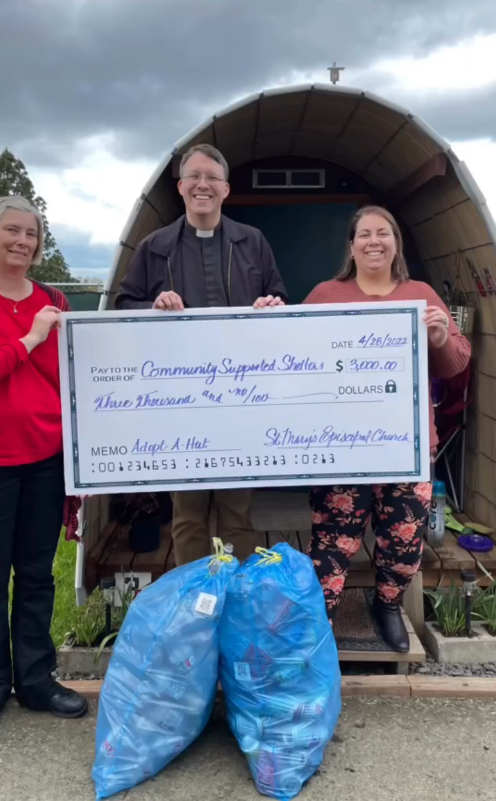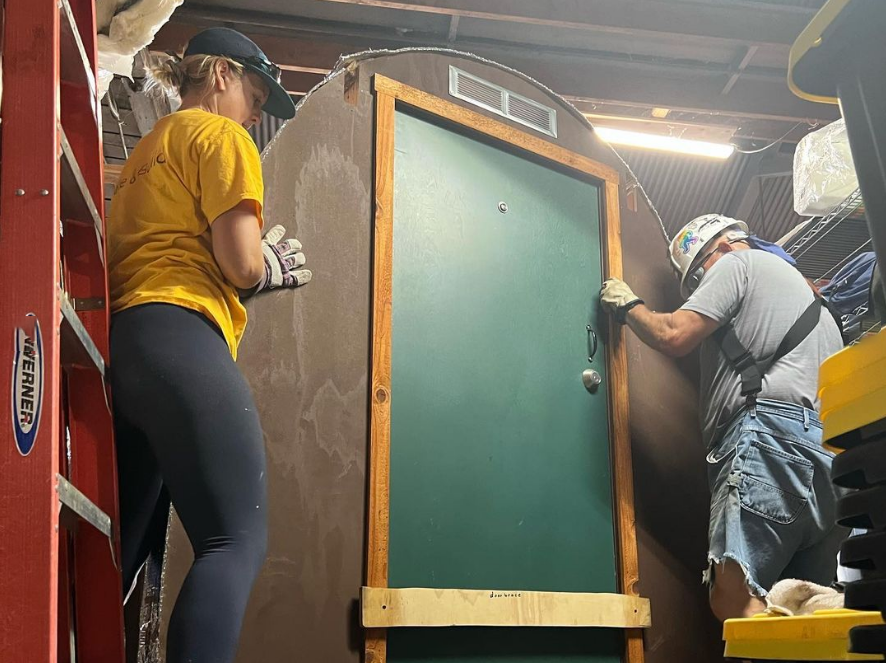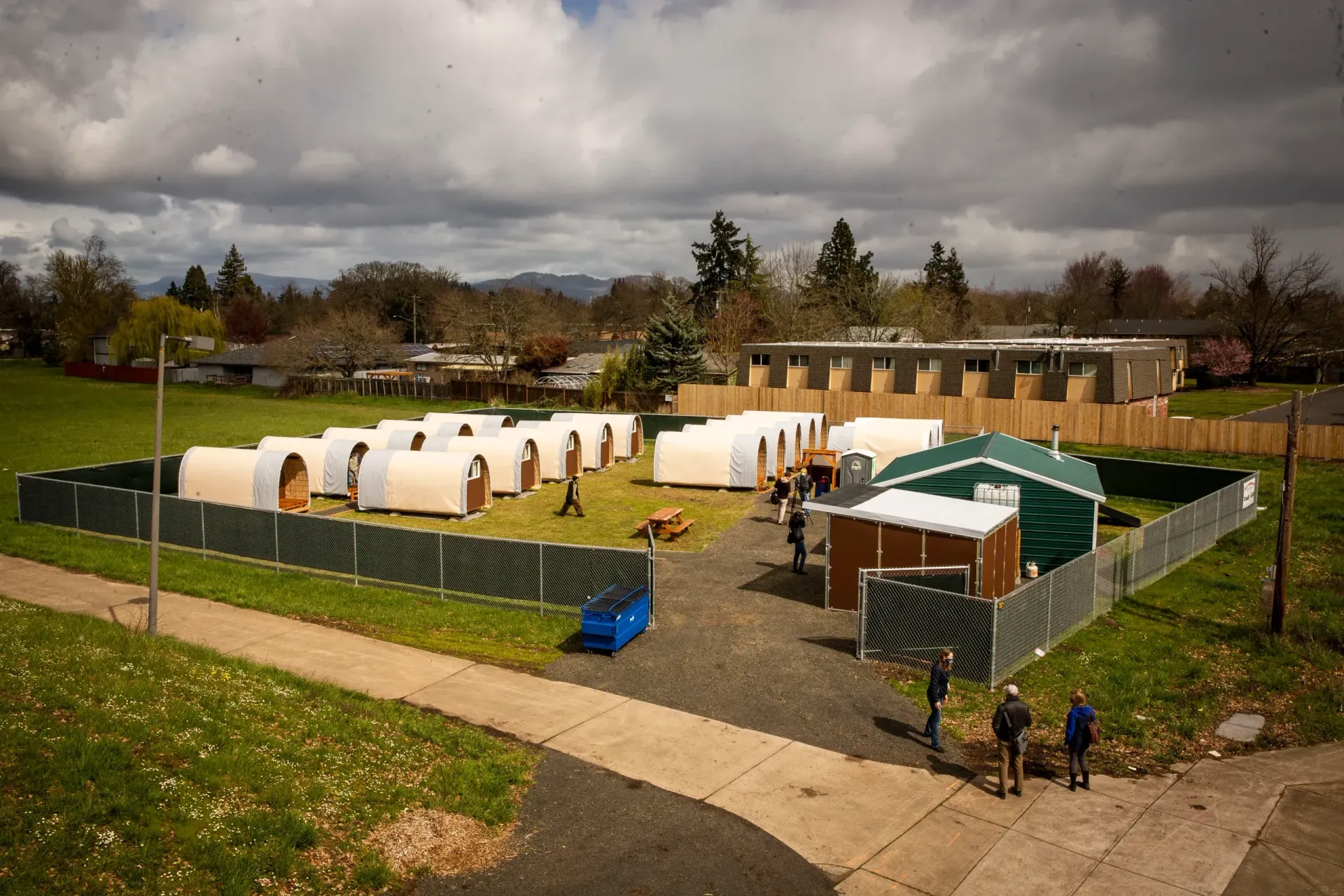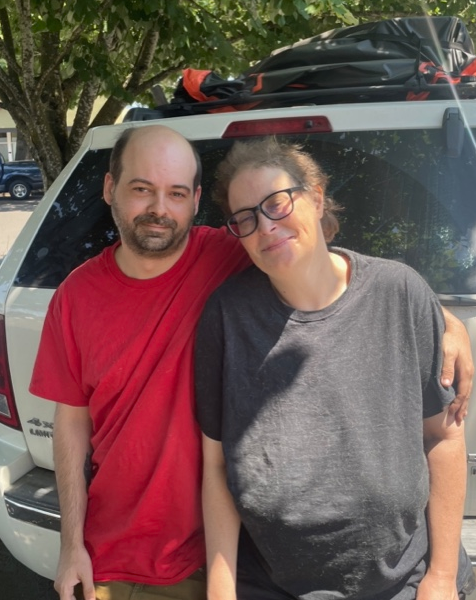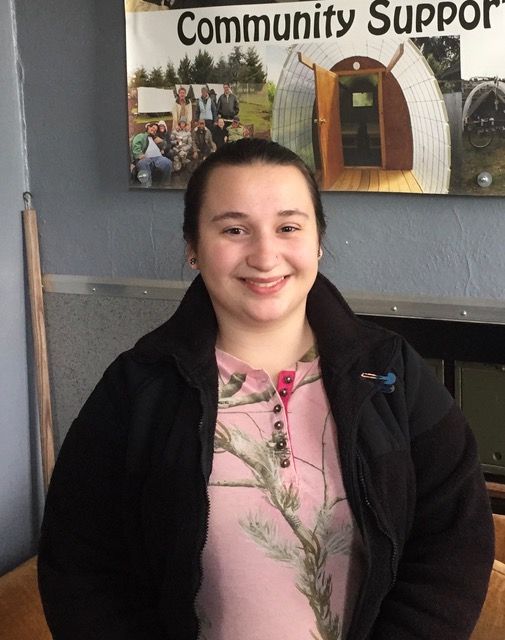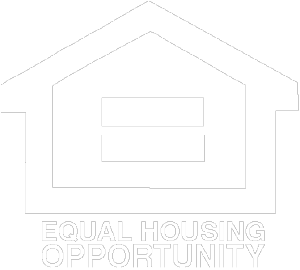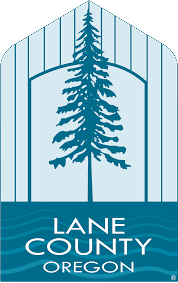Homelessness is the condition of lacking stable, safe, and functional housing. It is important to note that every individual’s experience is unique, and multifaceted strategies are required to address homelessness in different communities.
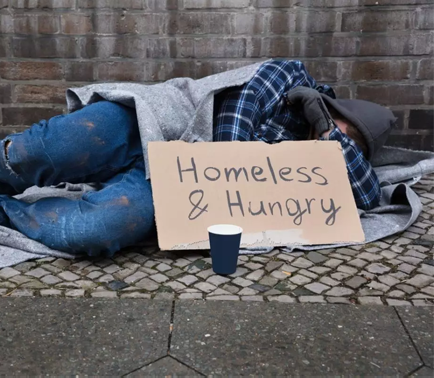
Causes of Homelessness
There are various myths and misconceptions around homelessness. Some believe people experiencing homelessness can simply pick themselves up if they tried hard enough, and that they are unhoused simply because they are lazy or bad. However, the truth is more complex than that. There are many factors leading to homelessness, including:
• Eviction and unaffordable costs for housing and rent
• Job loss
• Inadequate discharge planning for those leaving hospitals, correctional facilities, and mental health facilities
• Poverty
• Physical and mental health, including substance use disorders
• Discrimination
• Human-caused and natural disasters
• Transitions from foster care
• Choice—this is uncommon; for most, homelessness is not a choice
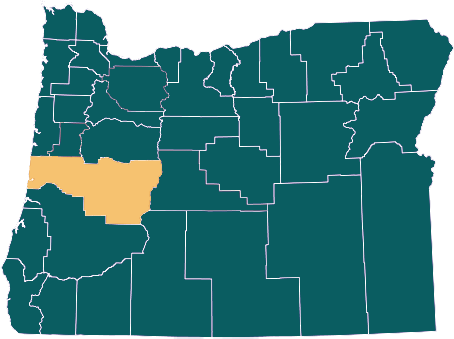
Homelessness in Eugene, Oregon
Eugene is located in Lane County, Oregon, which has one of the highest rates of homelessness per capita in the U.S.
Is homelessness increasing?
The HBNL shows that homelessness in Eugene is dynamic and fluctuates up and down throughout the year. Numbers vary seasonally, with more people accessing services during cold months and fewer people accessing services in warmer weather.
Are people coming to our area for services?
Data from the HBNL indicates most people experiencing homelessness and accessing services in our communities report that their last residence was in the local area. A large part of Lane County is rural, so some people do go to Eugene from outlying areas of the county because it's where they can access more resources and services. Housed people do the same thing.
Do we have enough shelter beds?
Here in Lane County, if we filled every single shelter bed right now, about 95% of our documented unhoused would still be without a safe and sanctioned place to sleep! It will take the entire community working together to address the immediate needs of the 95% (bathrooms, trash receptacles, safe storage, etc.), as well as quickly increase the number of shelter beds available.
Resources:
Homelessness Glossary
When talking about homelessness, there can be a lot of acronyms and jargon. Refer to this glossary for reference:
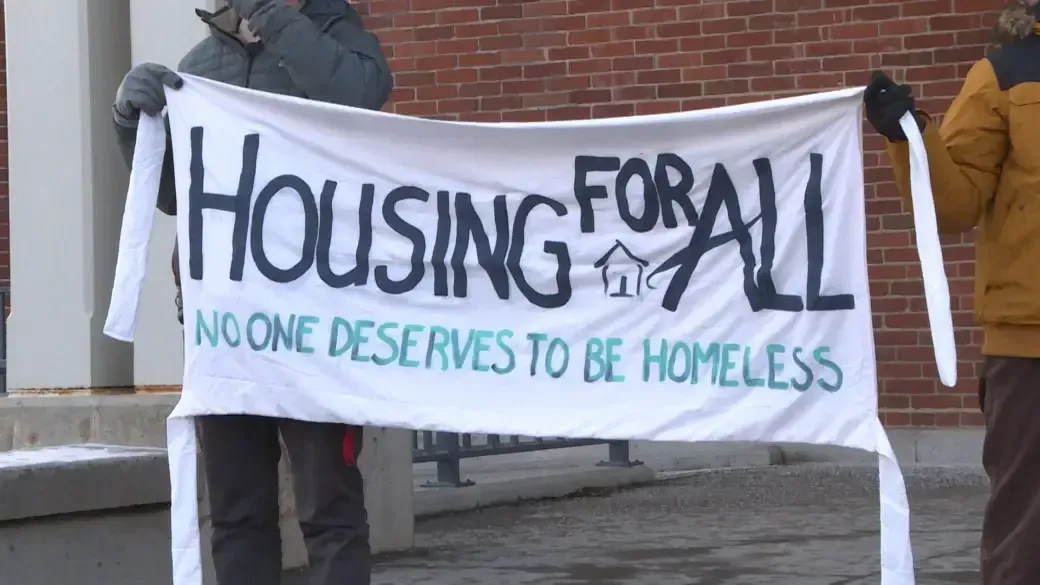
Solving Homelessness
To solve homelessness, a community-wide coordinated approach to delivering services, affordable housing, and programs is needed.
One essential approach to reducing homelessness is to prevent it. Another is to ensure that unhoused people can gain stability:
- Provide short- to medium-term rental assistance and services (Rapid Re-Housing)
- Provide longer-term rental assistance and services for the most vulnerable (Permanent Supportive Housing)
- Support programs that help low-income people find employment and increase their incomes
- Fund mental health and drug rehab services
- Provide alternatives to prosecution
- Establish collaborative relationships with shelter organizations, local government, law enforcement, and local businesses
How Can I Help?
We're so glad you asked! There's a lot of work to do, and there are many ways you can be part of the solution:

Measuring Homelessness
Stats, by nature, only show one side of complex issues. One stat is not enough.
Indirect Estimation: This is when surveyors ask different establishments, government facilities, shelter providers, etc. to estimate how many people are unhoused in the area.
Point-In-Time Count (PIT): This count is a one-night estimate of both sheltered and unsheltered homeless people nationwide. Local groups conduct one-night counts during the last week in January of each year. It's voluntary, and many unsheltered people decline to participate. It can be challenging to locate people who are living in hard-to-find places in only one day.
Capture-Recapture Methods: This method uses surveys, done at least twice a year, whose results are compared to draw conclusions about the number of unhoused individuals. It’s more accurate and reliable than PIT but can be costly and time-consuming.
HBNL: A Homeless-By-Name List (HBNL) is an ongoing real-time list of unhoused people who access services in a community. Participating service providers enter people into the system at the time service is received and note their exit when service is complete or someone chooses to leave a program. These stats don't provide data on unhoused individuals who do not participate in services.
The U.S. Department of Housing and Urban Development utilizes the PIT Count. The City of Eugene and Lane County primarily use HBNL.
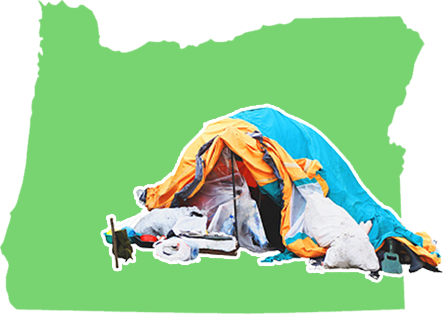
Types of Homelessness
An unhoused person may be sheltered (in a homeless service program) or unsheltered (residing in a place not meant for human habitation, such as cars, parks, sidewalks, or abandoned buildings).
There are four types of homelessness defined by the U.S. federal government:
Transitional: Transitional homelessness is “a state of homelessness that’s a result of a major life change or catastrophic event.” These life changes might be job loss, a health condition, divorce, domestic abuse, a substance use disorder, or personal or family crisis, among many others, resulting in people being in unhoused situations for less than a year.
Episodic: Episodic homelessness is experienced by individuals who have had at least three periods of homelessness within the last 12 months.
Chronic: A person experiencing chronic homelessness is defined as "an unaccompanied homeless individual with a disabling condition" who has been homeless for more than one year. It’s common for chronically homeless individuals to have debilitating conditions that restrict their ability to escape homelessness, like physical disability, mental health conditions, and addiction.
Hidden: Those who lack access to housing support resources and cannot be identified are 'hidden' from national statistics on homelessness. For example, individuals who live with others temporarily without a permanent home are considered to be among hidden homeless.
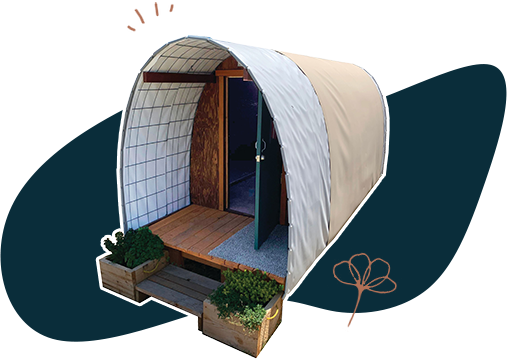
Homeless Service Programs
Here's a breakdown of programs in Eugene that offer support for the homeless population:
Street Outreach: Engage with people who are experiencing homelessness in an effort to connect them to essential services.
Overnight Parking: Provide legal camping, free trash disposal, and portable restrooms to individuals living in their vehicles.
Alternative Shelter: Provide a safe and secure place to be, stay dry, get basic needs met, and receive support to increase overall stability. Safe Spot Communities (that's us!) are alternative shelter programs. (Fun fact: Conestoga Huts are legally defined not as 'shelter,' but as 'vehicles' in City of Eugene code!)
Emergency Shelter: Provide short-term temporary shelter, often for no more than 60 days. For example, cold and hot weather shelters that open during extreme temperatures are considered emergency shelters.
Transitional Housing/Safe Haven: Provide temporary shelter and supportive services, often for no more than 2 years, with the goal of transitioning the unhoused to more permanent living situations.
Permanent Housing: Community-based housing without a designated length of stay, in which former unhoused individuals live as independently as possible. There are two types: Permanent Supporting Housing (long-term housing with supportive services) and Rapid Re-Housing (short- and medium-term rental assistance and case management).
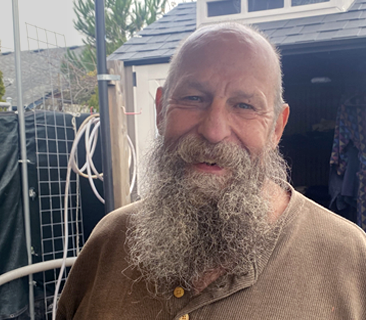
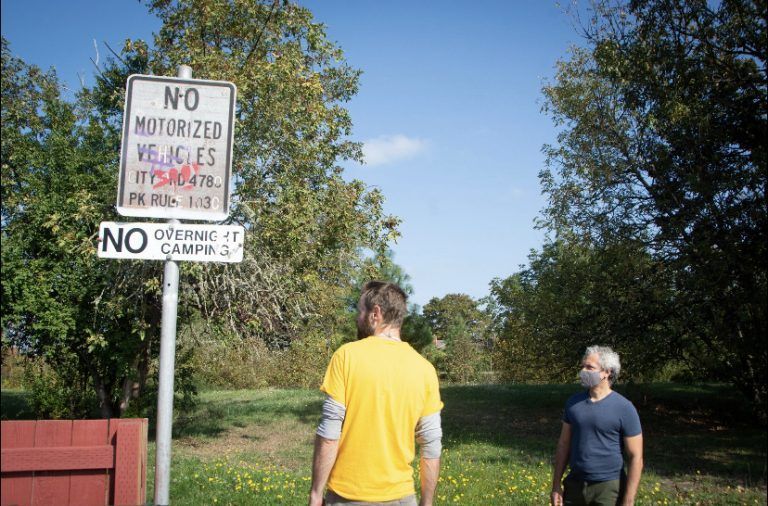


Support Us
Your support provides shelter and hope for a better tomorrow. No amount is too small to give. $20 can make a real difference in the lives of unhoused individuals—it can fund an Outreach Kit, which provides someone in need with water, snacks, and hygiene supplies.



